“People don’t think of the Richmond District as having problems with food access, but we started seeing a waitlist and new people coming to our office looking for help,” says Pantry Coordinator Christine Preziosi.
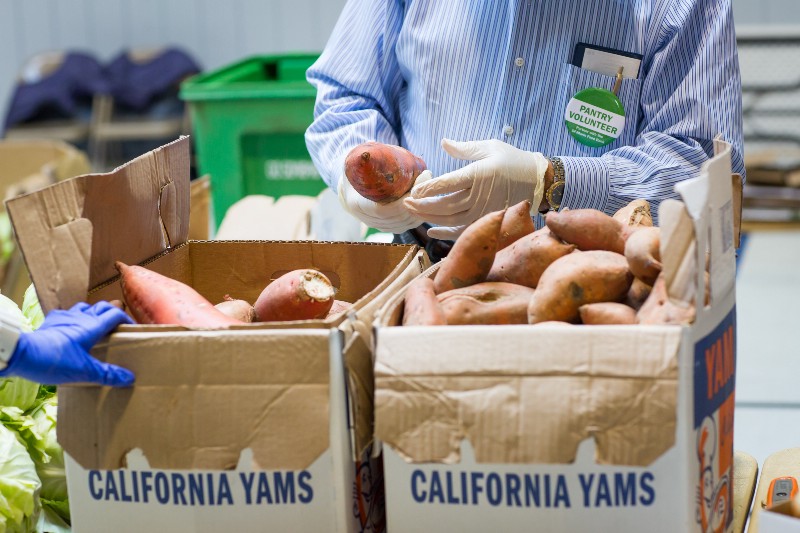
Preziosi works with the Richmond District Neighborhood Center (RDNC), a community organization that hosts a Food Bank pantry in the area. The waitlist prompted the volunteers at the RNDC to open an additional pantry at Lafayette Elementary School. About 70 people are benefiting from the new pantry.
“We can’t know for sure what people were doing for food before the pantry opened, but people were struggling,” Preziosi says.
Most of the participants at the new pantry are seniors. Many have lived in the area for their entire lives. With the addition of a new pantry closer to their homes, they’re able to take home weekly grocery staples like fresh fruits and vegetables, rice, and eggs.
“A lot of our participants might have homes and own their homes, but that doesn’t mean they’re getting an income that can support them,” Preziosi says. “What we’re doing can help in a big way.”
The pantry’s school location provides added benefits. In addition to seniors, several families with children have begun receiving weekly groceries. And the senior participants have embraced the multi-generational atmosphere.
“We have volunteers ranging in age from 4 to 80,” Preziosi says. “The seniors love seeing the younger kids help out.”
The seniors love seeing the younger kids help out.
Christine Preziosi, Pantry Coordinator
“Our kids do projects for the seniors. They are so into it. Just yesterday, I got 80 potholders that were all decorated with food and positive words. They do stuff like that all the time.”


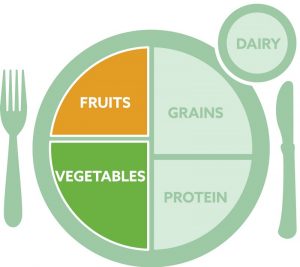

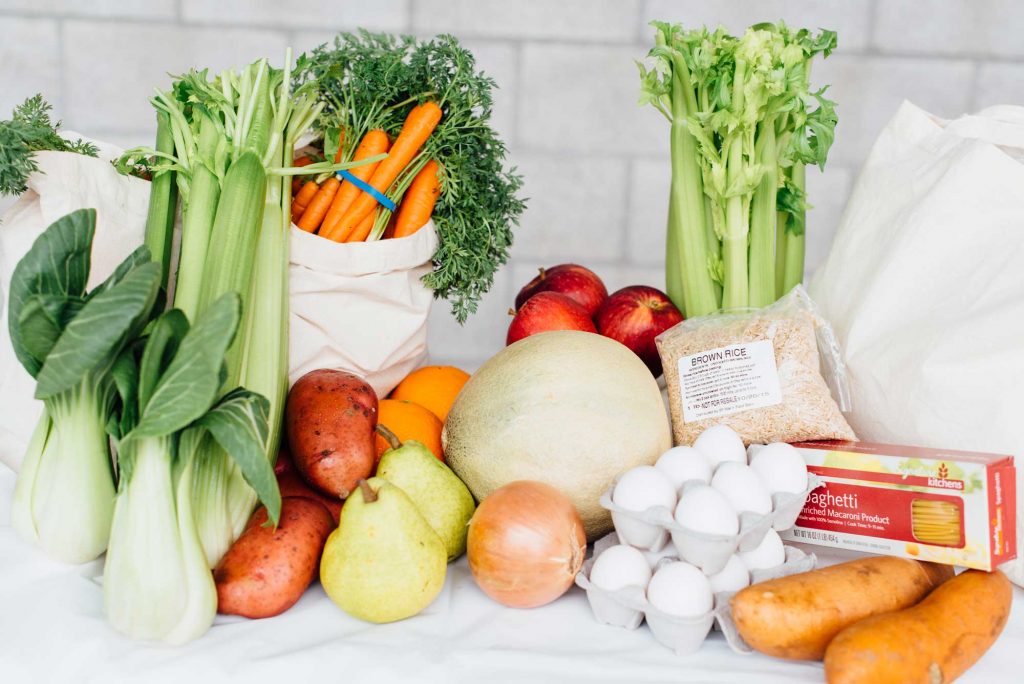
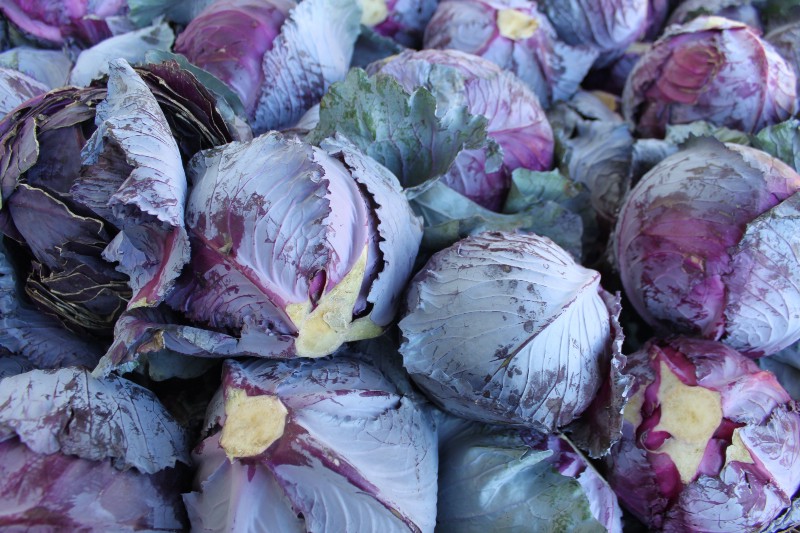
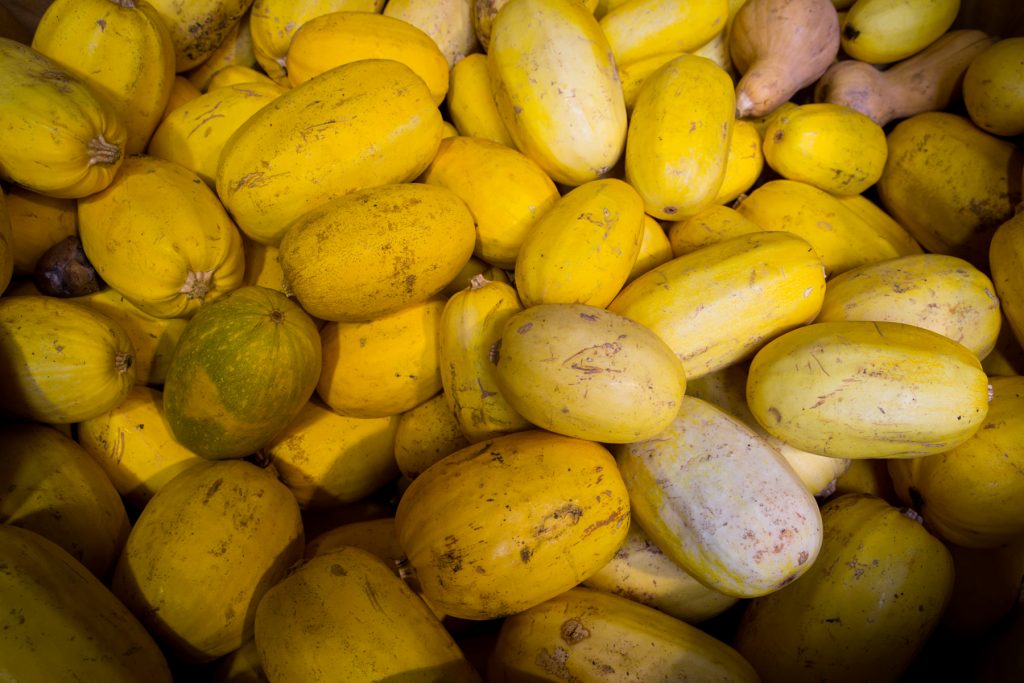
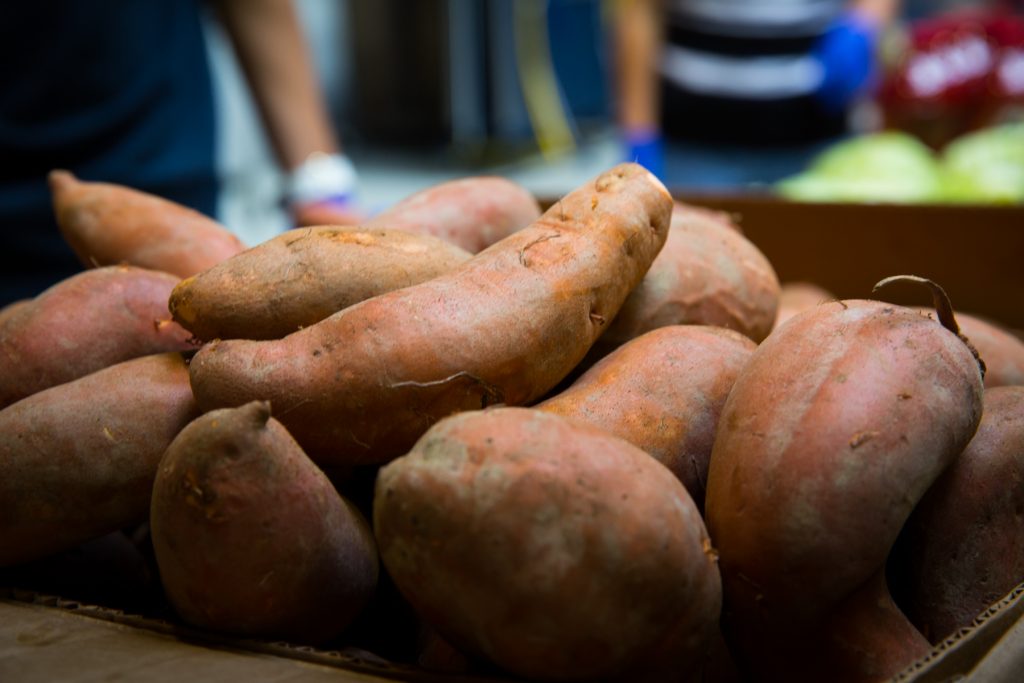
Share